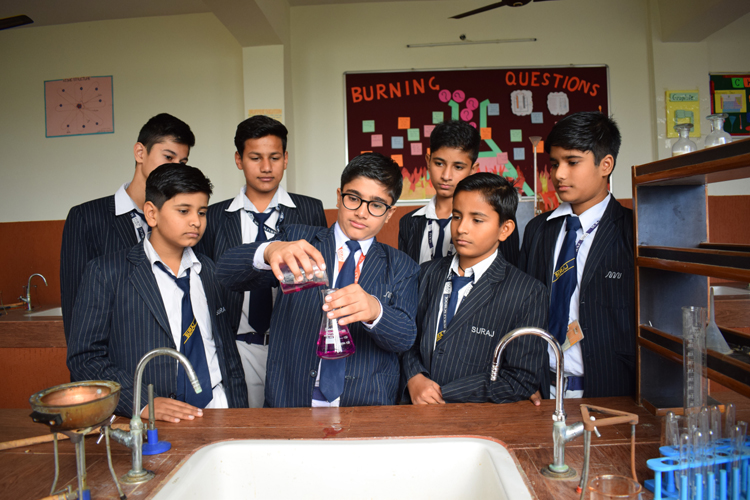Introduction:
High school is not just a chapter of academic learning; it’s a crucial period for self-discovery. The journey to understanding oneself is both intricate and rewarding. In this article, we explore the art of self-discovery, providing a roadmap for high school students to embark on a personal exploration that extends beyond textbooks and exams, laying the foundation for a purposeful and fulfilling life.
1. Reflecting on Passions and Interests:
Self-discovery begins by exploring passions and interests. High school is a time to engage in various activities, clubs, and hobbies. Reflect on what brings joy and enthusiasm. Whether it’s art, science, literature, or sports, understanding personal interests helps pave the way toward fulfilling career paths and hobbies.
2. Embracing Strengths and Weaknesses:
Understanding one’s strengths and weaknesses is a cornerstone of self-discovery. Identify areas where natural talents shine and acknowledge areas for improvement. This awareness not only guides academic choices but also helps in setting realistic goals and expectations.
3. Setting Personal Goals:
Self-discovery is closely linked to goal-setting. High school students should identify short-term and long-term goals. These goals can encompass academic achievements, personal development, and extracurricular pursuits. Setting and achieving goals fosters a sense of accomplishment and direction.
4. Cultivating a Growth Mindset:
The journey of self-discovery is dynamic and involves continuous growth. Embrace a growth mindset, viewing challenges as opportunities to learn and improve. This mindset encourages resilience, adaptability, and a positive attitude toward personal development.
5. Exploring Values and Beliefs:
High school is a time to explore personal values and beliefs. What principles guide decision-making? What causes are important? Reflecting on these aspects contributes to a strong sense of identity and informs choices in relationships, career paths, and civic engagement.
6. Navigating Relationships:
Interpersonal connections play a vital role in self-discovery. High school is a social laboratory where students interact with diverse personalities. Building healthy relationships, understanding communication styles, and fostering empathy contribute to a deeper understanding of oneself and others.
7. Seeking New Experiences:
Self-discovery often involves stepping outside comfort zones. High school students should actively seek new experiences — whether through travel, volunteer work, or trying out new hobbies. Exposure to diverse environments broadens perspectives and enriches the process of self-discovery.
Conclusion:
High school is not just a stepping stone to higher education or a career; it’s a canvas for the art of self-discovery. The journey involves reflecting on passions, embracing strengths and weaknesses, setting personal goals, cultivating a growth mindset, exploring values, navigating relationships, and seeking new experiences. This roadmap serves as a guide for high school students to navigate the complexities of self-discovery, creating a foundation for a purposeful and authentic life beyond the classroom. As students embark on this journey, they not only enhance their understanding of themselves but also lay the groundwork for a future driven by passion, purpose, and self-awareness.


